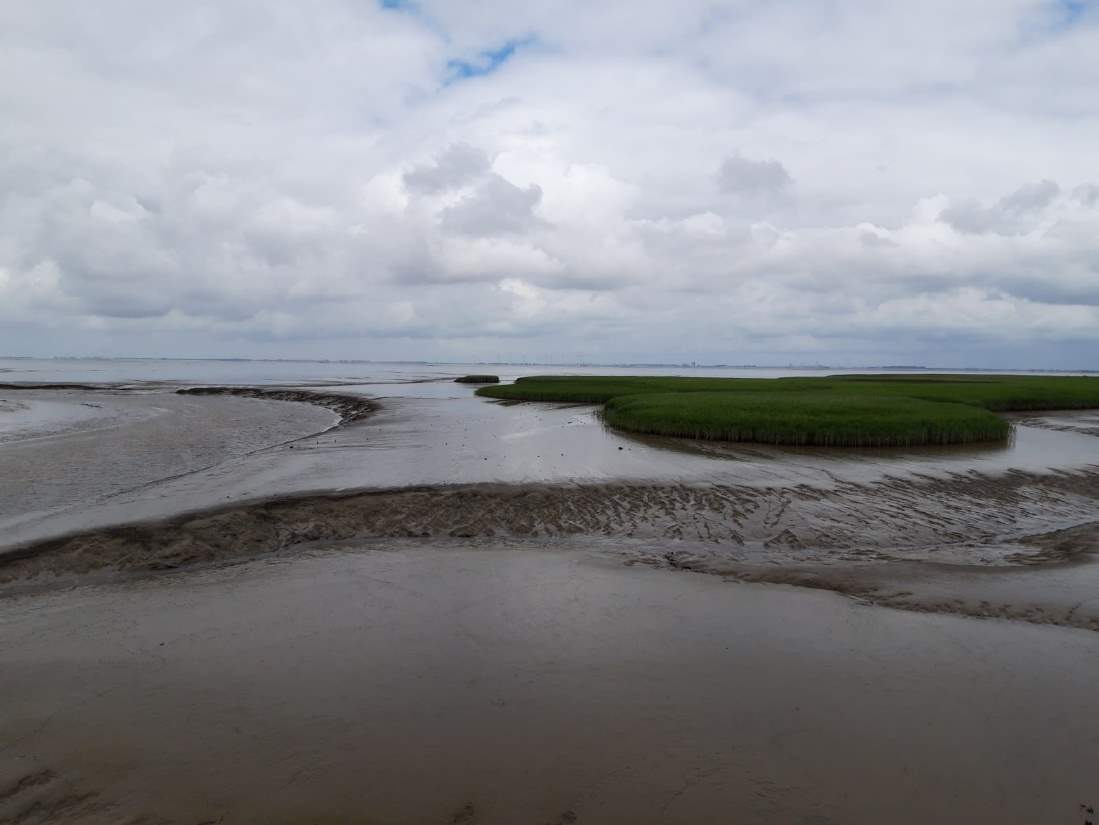Enhanced mud sedimentation to reduce turbidity and grow with sea-level rise
The Challenge
The Ems-Dollard estuary in the Netherlands is characterised by a very high turbidity and is under pressure of sea-level rise and other human influences, similar to many other estuaries worldwide. The high turbidity reduces primary production, which disturbs the food web and decreases the ecological quality of the estuary. One of the measures that has been proposed to reduce the mud in the water column and to keep up with sea-level rise is enhancing the sedimentation process within the Dollard basin of the estuary. In this project, we investigate the potential of enhanced mud sedimentation.

Our Solution
We designed ten potential measures to enhance mud sedimentation together with a team of experts from Dutch universities and knowledge institutes. The three most promising measures were selected based on a detailed qualitative analysis. These measures are: (1) create low energetic conditions with organic shapes of brushwood groynes (2) create a small lagoon by excavating a small part of the salt marshes (3) lower and rejuvenate salt marshes periodically. Subsequently, these three measures were implemented in a calibrated local Delft3D flow and wave model of the Dollard with a 100x100m grid. Boundary conditions are derived from a larger model of the entire Ems-Dollard estuary. The model results showed which measure was best for enhancing mud sedimentation and extracting mud from the water column. Besides morphological modelling, we also assessed the ecological effects and costs of the proposed measures.

The Outcome
Based on the modelling, ecological assessment and cost analysis we advised the client in the choice for the most promising and cost-effective solution. This design will now be further developed. Enhanced sedimentation measures can help drowning delta’s and estuaries in the future, because it increases the capability to grow with sea-level rise.